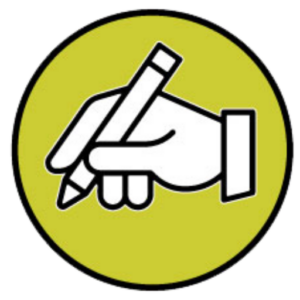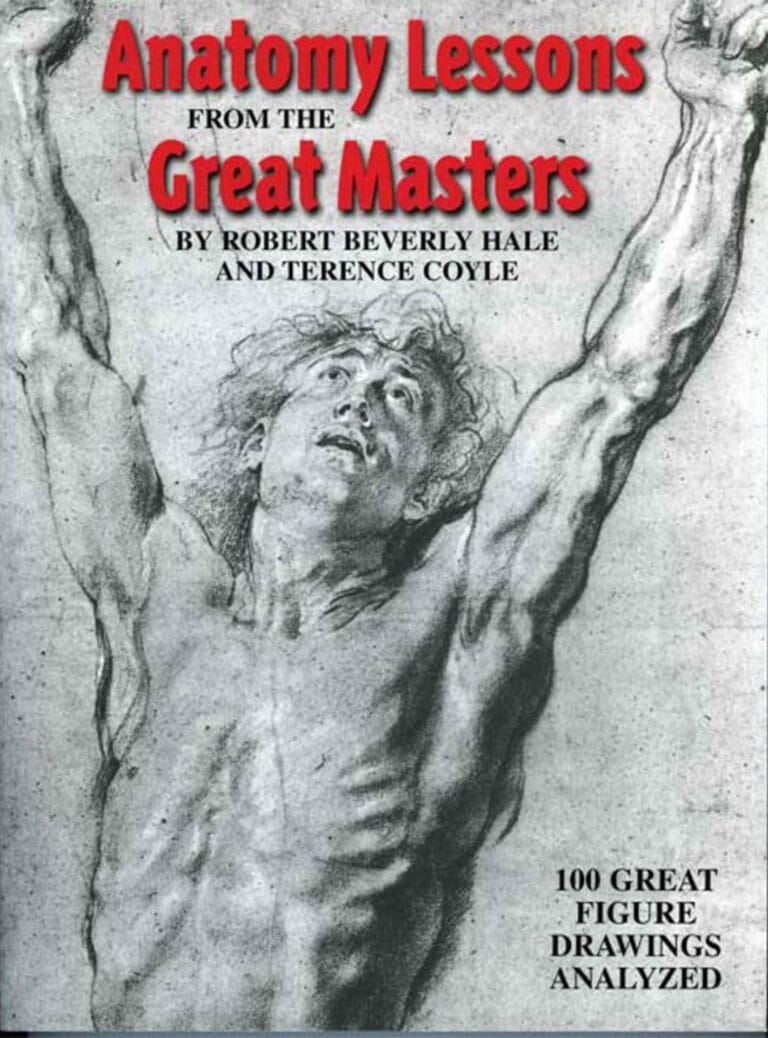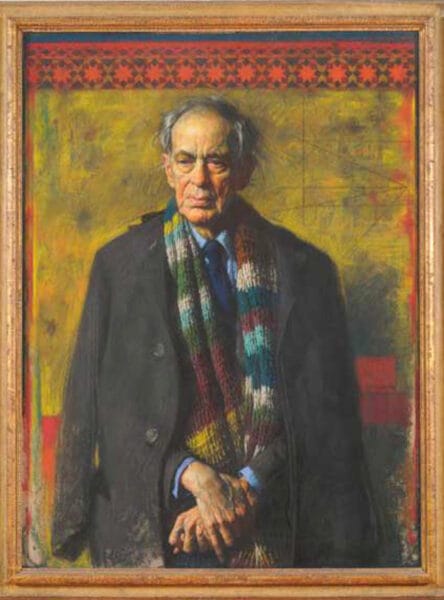This classic 1977 book (paperback edition, ©2000), whose foremost author was one of the great artistic anatomy teachers of the twentieth century, is an invaluable instructor and reference guide for any professional, amateur, or student artist who depicts the human form.
The book reveals the drawing principles behind one hundred inspiring masterpieces, including works by Leonardo, Michelangelo, Rubens, Raphael, Titian, Rembrandt, and other greats. These superb portrayers of figures knew that the secret of drawing them was seeing how underlying bone and muscle structures mold the body’s surface forms. Readers are shown how to learn from these great examples as the authors guide them through all the steps they would take in a life class or studio working with live models.





